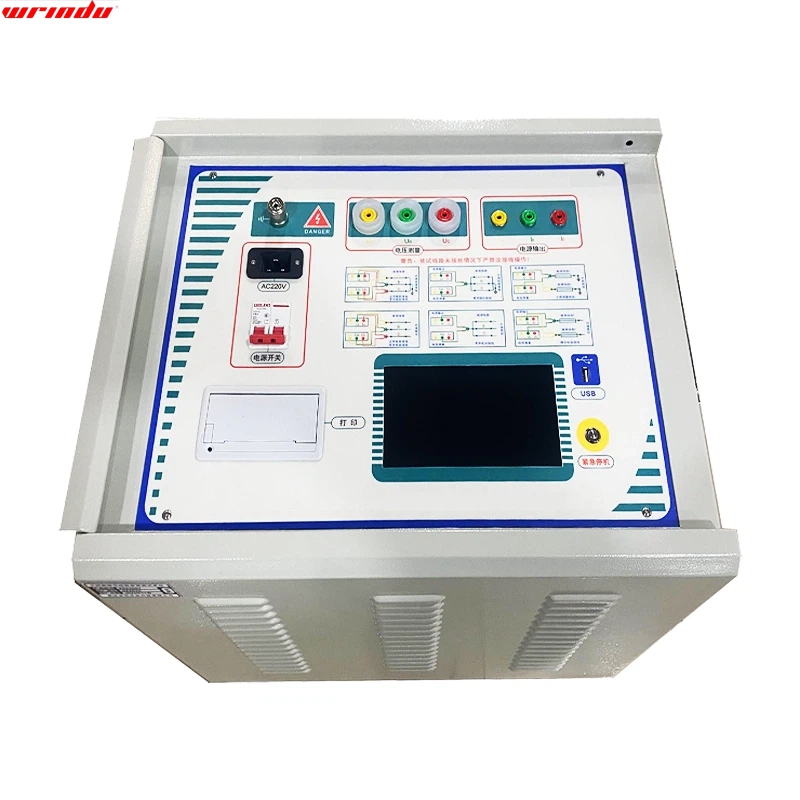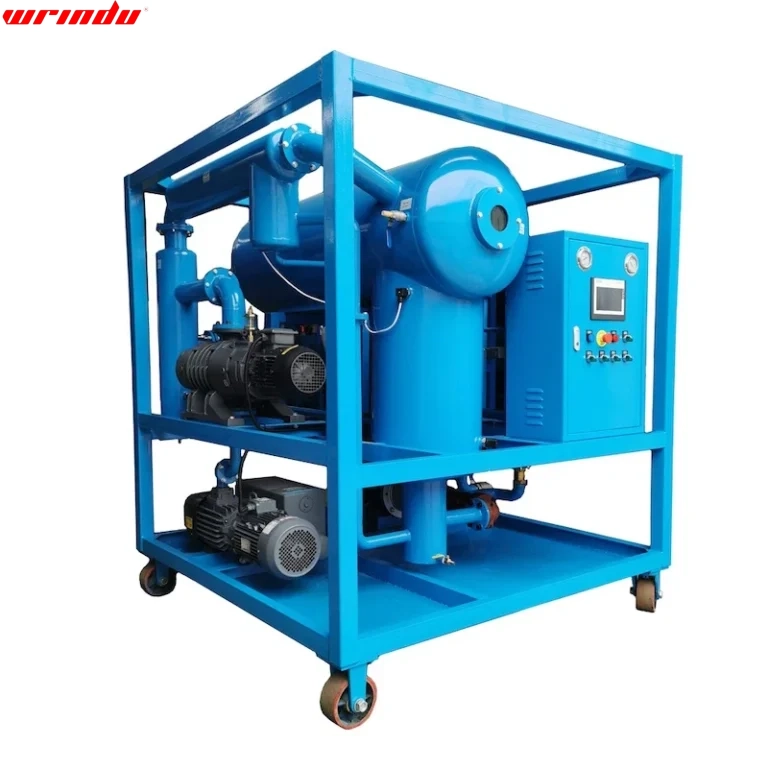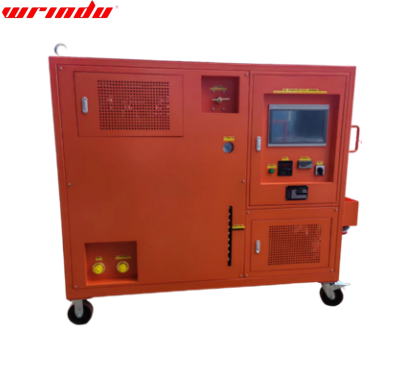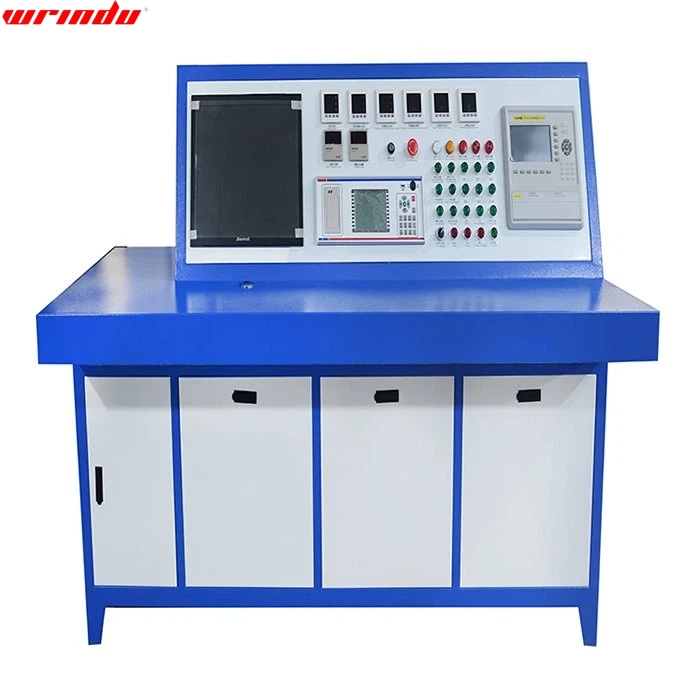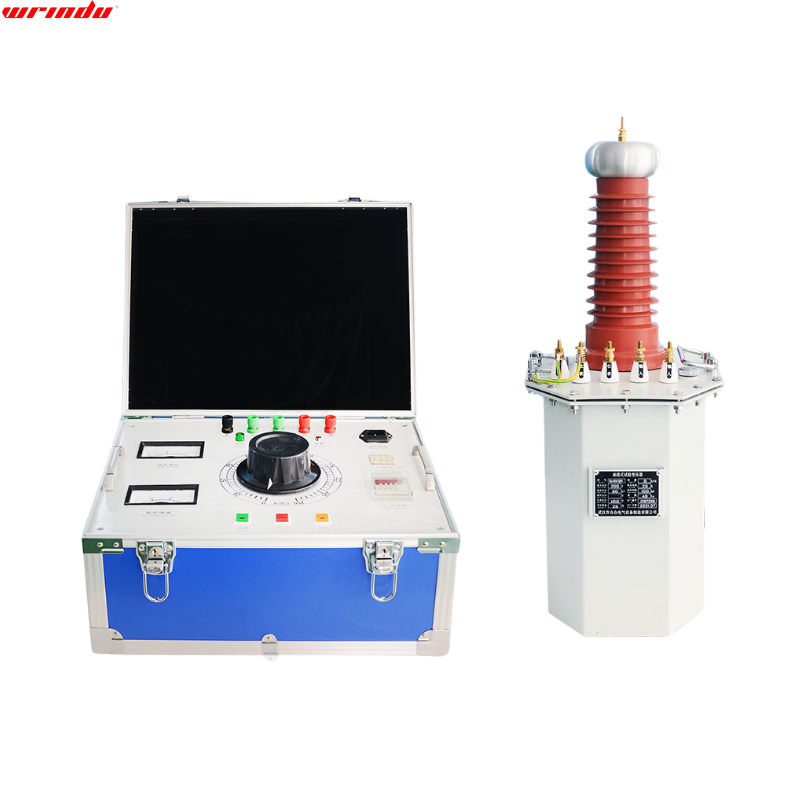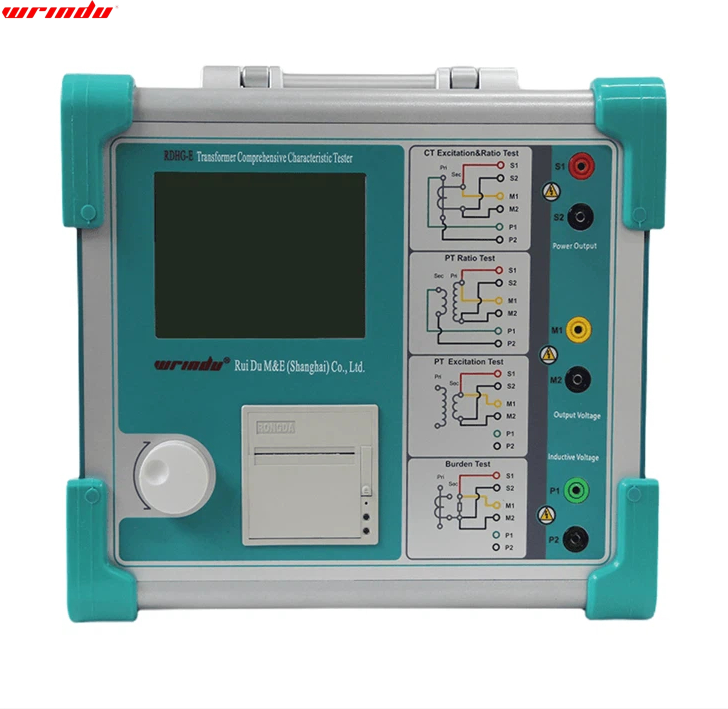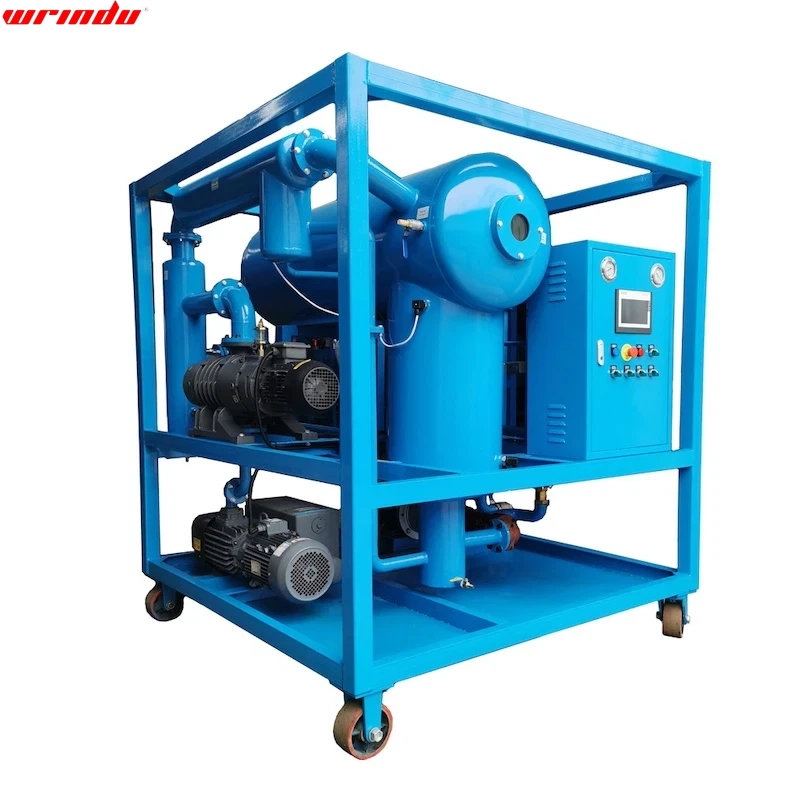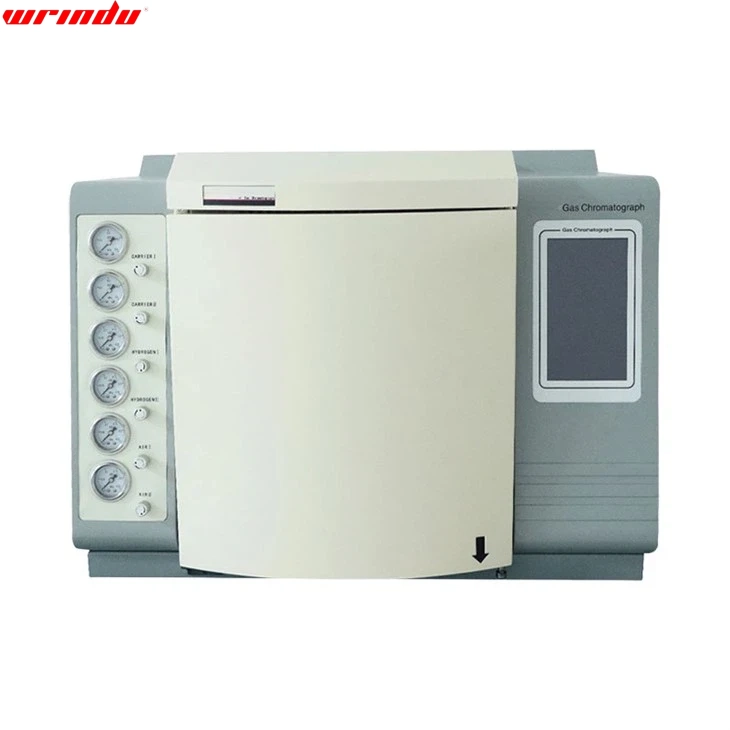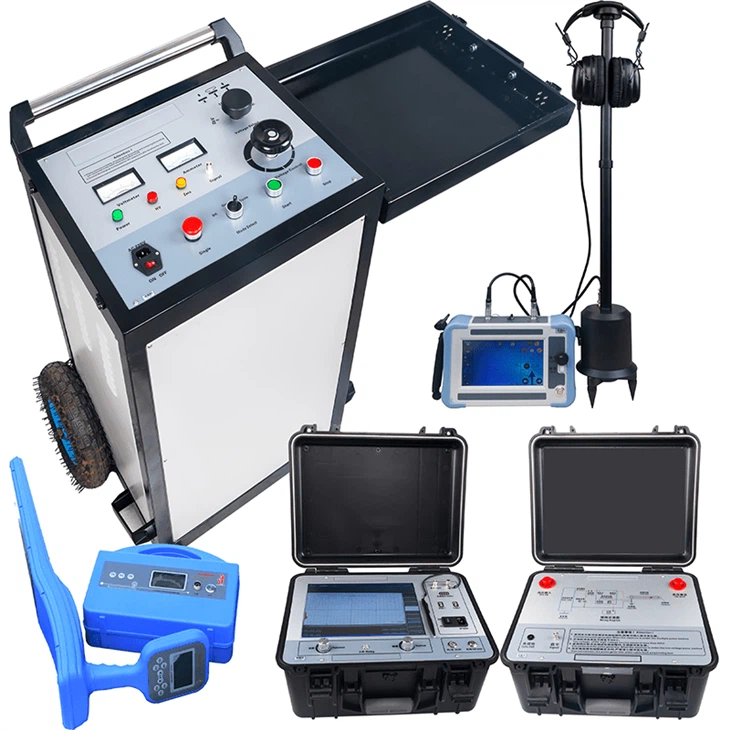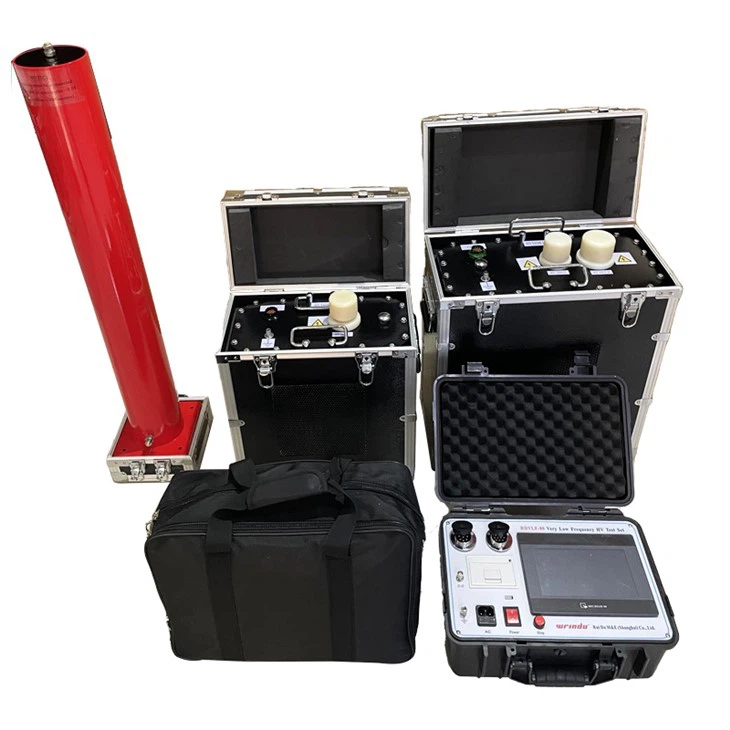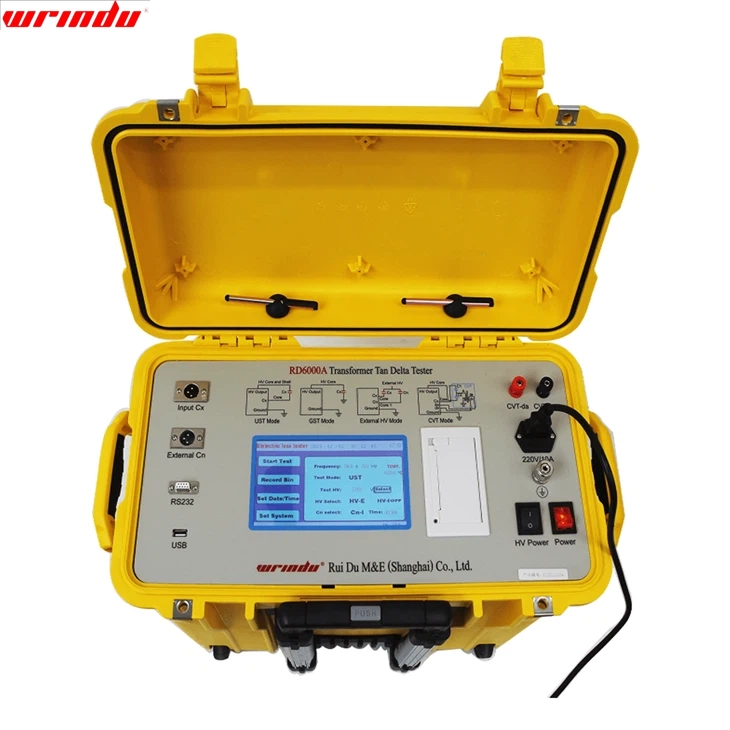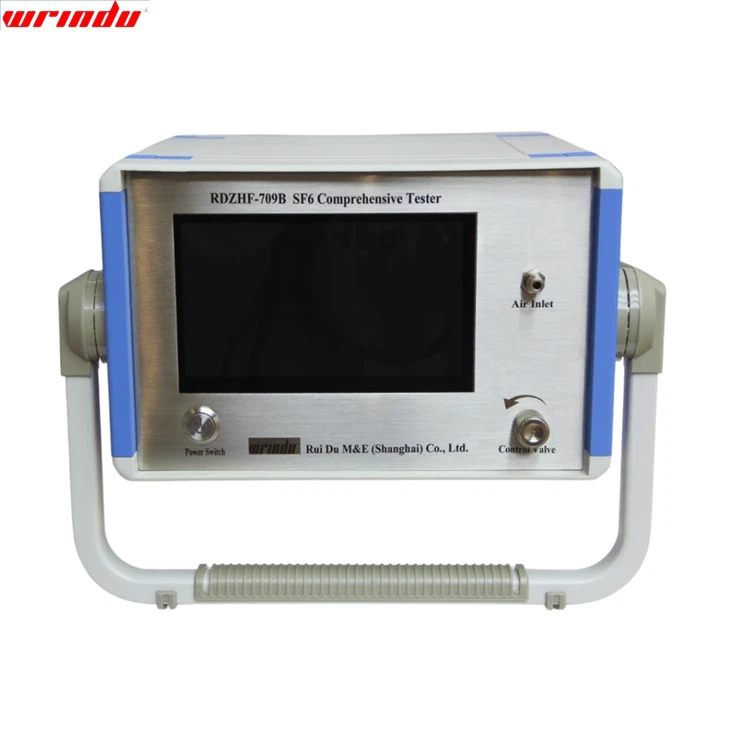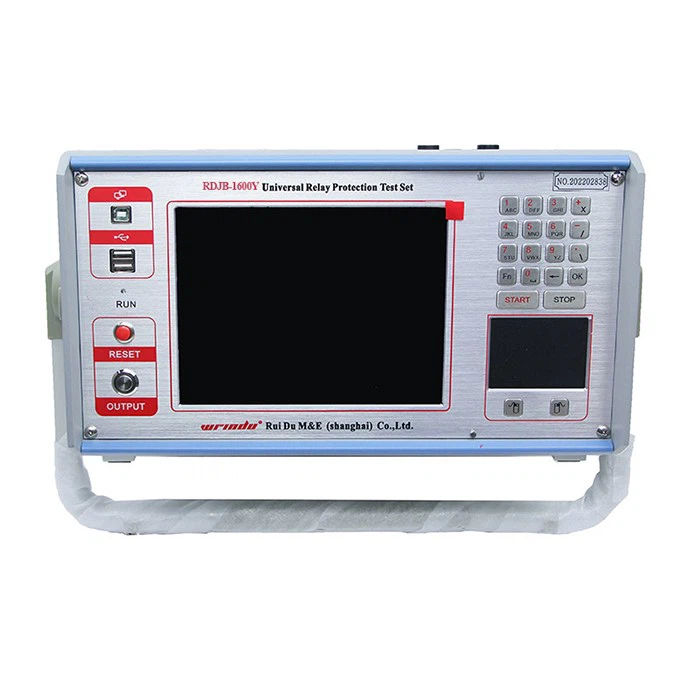OVERVIEW
Wrindu Different Frequency Transmission Line Parameter Tester is designed for high-precision on-site testing of various high-voltage transmission lines (overhead, cable, and mixed). It has a built-in variable frequency power supply for adjustable frequencies and voltage. It can be used with a generator after a power outage.
CHARACTERISTIC
Interactive Touchscreen Display
- Interact seamlessly with the expansive 7-inch color touchscreen, offering a clear and straightforward menu for effortless operation.
Compact and Mobile
- Crafted for convenience, this device is small enough to be easily transported to any worksite, ensuring accessibility for field testing.
Dual Power Source Capability
- Enjoy the flexibility of using either a 220V power supply or a 3kW single-phase generator, providing testing solutions in various power scenarios.
Enhanced Induction Voltage Resistance
- Featuring a robust anti-induction voltage circuit, the RDTL-501A different frequency transmission line parameter tester is designed to handle high levels of induction voltage (up to 30A) and perform reliably under intense 10,000-volt conditions.
Superior Interference Rejection
- Leverage the instrument’s variable frequency power supply and advanced digital filtering to minimize power frequency interference, ensuring precise and dependable measurements.
High-Performance Processing
- Count on a fast digital signal processor for efficient data handling, maintaining high accuracy while improving the instrument’s overall performance.
Streamlined Measurement Process
- Different frequency line parameter tester simplify measurements by requiring only one connection to the down lead for a complete set of impedance and capacitance readings, reducing the risk of accidents during wiring changes.
Efficient Data Management
- Store and manage test results chronologically with the built-in calendar chip and ample memory, and export data via USB for easy review and reporting on any computer.
Grounding Safety Check
- The RDTL-501A different frequency line parameter tester includes a built-in grounding detection feature that verifies proper grounding, preventing operation if grounding is insufficient and protecting both the user and the instrument.
For more information about Cable fault testing, please click More.
To request the latest quotes, please Contact Us.
FAQ
Q: Do I need a cable tester?
A: Certainly!
Whether you’re installing new cables or troubleshooting existing ones, a cable tester is indispensable in the process. For cables, crucial tests include assessing length, wire map, attenuation, NEXT (Near-End Crosstalk), DC loop resistance, and return loss. These tests ensure the reliability and optimal performance of datacom cabling, making a cable tester a valuable tool for professionals in the field.
Q: What is the standard for cable testing?
A: According to the IEEE 400.2 VLF standard, it is suggested to perform cable testing at 2.5 – 3 times its usual line-to-ground voltage (2.5 Vo – 3Vo) for a minimum duration of 30 minutes. Extended testing periods are recommended, especially at frequencies lower than 0.1Hz.
Q: How many types of cable tests are there?
A: Common cable tests include:
1. Continuity Test
2. Insulation Resistance Test
3. Wiremap Test
4. Length Measurement
5. Attenuation Test
6. NEXT Test
7. Return Loss Test
8. Propagation Delay Test
9. Cable Fault Location
10. Dielectric Withstand Test
11. Impulse Voltage Test
Q: What are the risks of damaged cable?
A: Damaged cables pose risks such as electrical hazards, fire, equipment failures, signal interference, safety concerns, financial losses, environmental impact, compromised security, increased maintenance costs, system instability, and regulatory compliance issues. Regular inspections and prompt repairs are crucial for risk mitigation.




